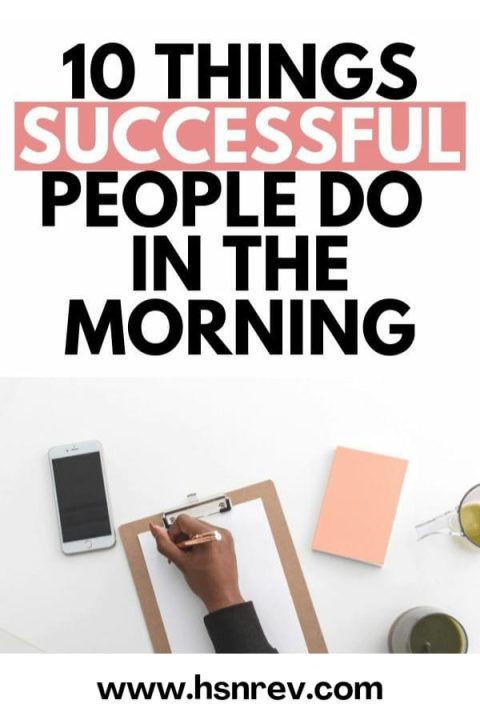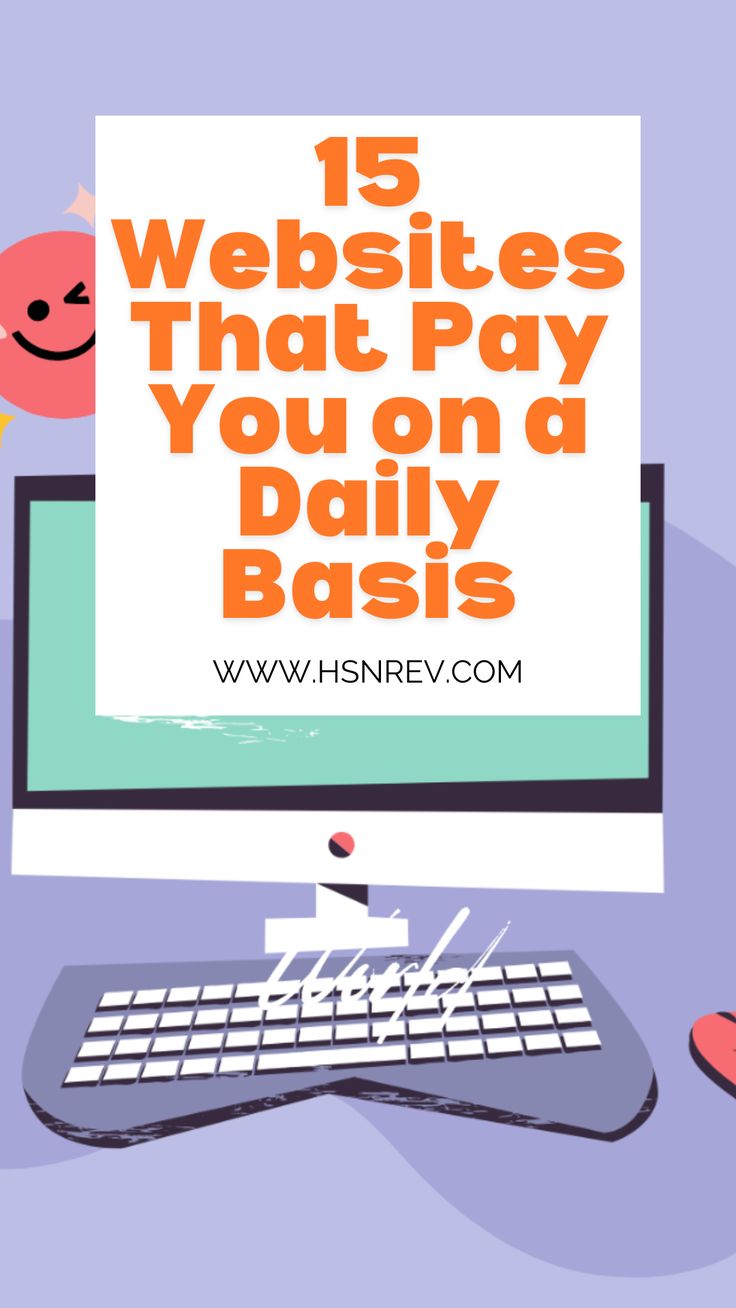How to Ride the New York City Subway: Step-by-Step Guide
The New York City subway is one of the most extensive and efficient public transportation systems in the world. It operates 24 hours a day, seven days a week, and is the fastest way to get around the city’s bustling streets. Whether you’re a first-time visitor or a daily commuter, following these simple steps will help you navigate the subway with ease. Let’s take a detailed journey through each step from start to finish.
Step 1: Plan Your Route
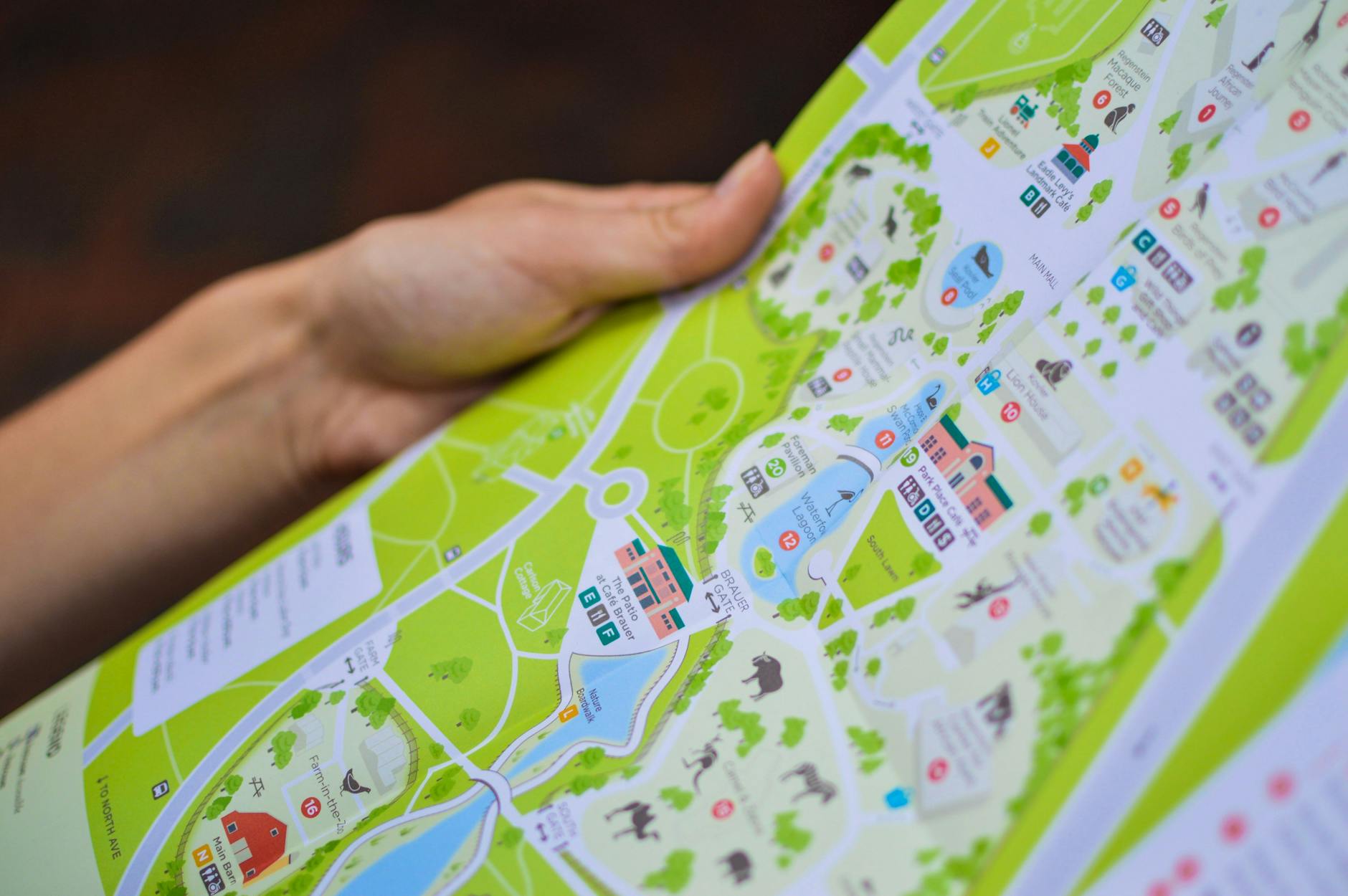
Before heading to the subway, it’s crucial to plan your route. New York City’s subway system has multiple lines, each marked by a color and letter (or number). Popular apps like Google Maps, Citymapper, or the official MTA app can help you identify the best route. Enter your destination, and the app will show you the lines to take, any necessary transfers, and estimated travel time. If you prefer, subway maps are also available at stations.
Once you know your route, take note of whether you’ll need to board a local or express train. Local trains stop at every station along their route, while express trains skip certain stops to provide faster service.
Step 2: Pay for Your Ride

The NYC subway offers two main ways to pay for your ride: the traditional MetroCard or the newer OMNY (One Metro New York) system.
- MetroCard: Available at vending machines in every subway station, you can choose between pay-per-ride or unlimited ride options (weekly or monthly). If you’re a short-term visitor, the pay-per-ride option is likely the best choice.
- OMNY: A contactless payment system that allows you to tap your smartphone, credit/debit card, or wearable device at the turnstile. There’s no need to purchase a separate card or load money in advance; just tap and go.
Both options cost the same for a single ride, and you’ll receive free transfers between subways and buses within two hours of your first tap or swipe.
Step 3: Enter the Subway Station
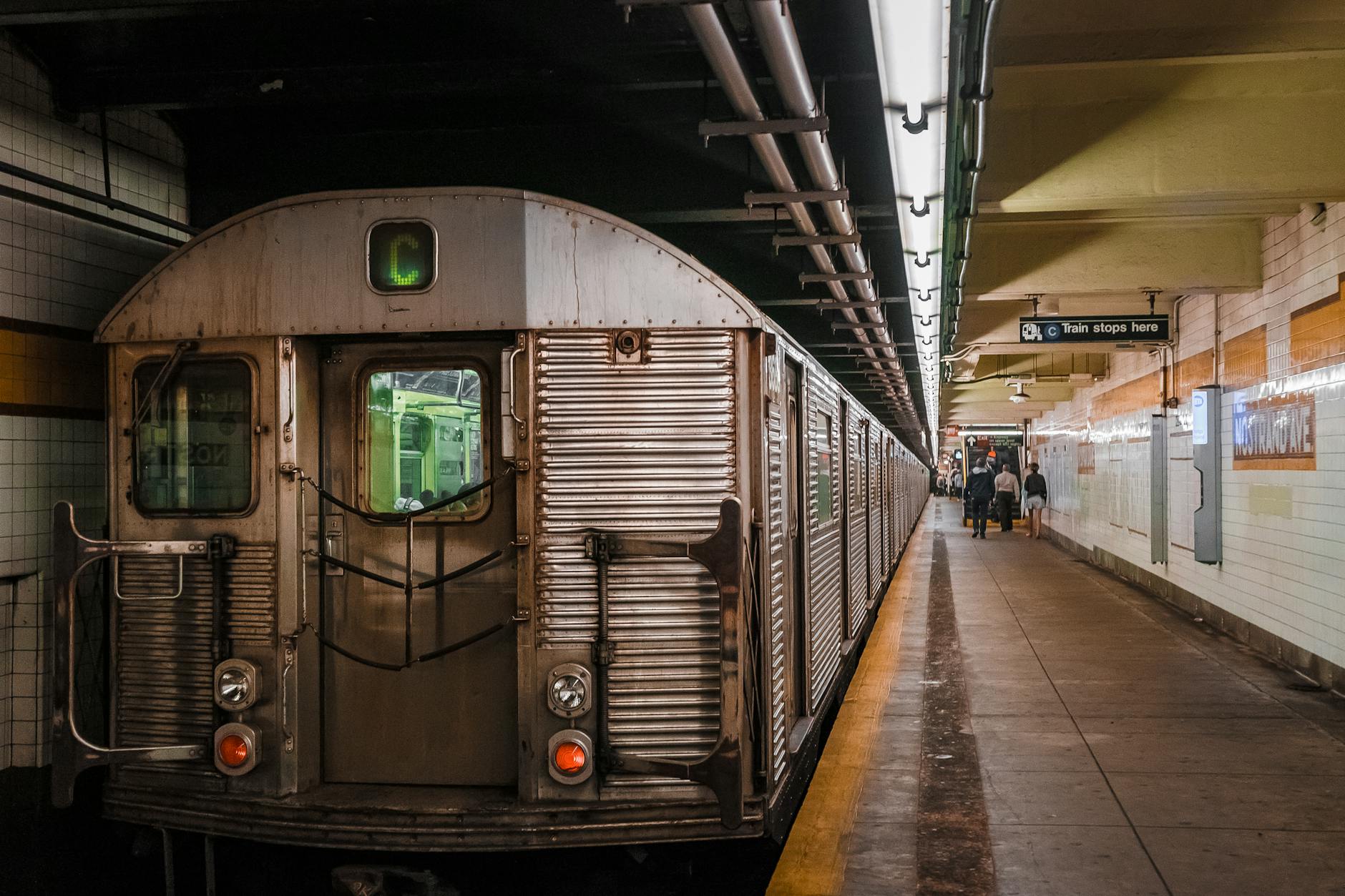
Once your route is set and your fare is ready, head to the nearest subway station. Subway stations are marked by their signature green or red glowing entrances with a globe-like design. Some stations have separate entrances for uptown and downtown trains, so check the signs to ensure you’re going in the right direction.
When you approach the turnstile, either swipe your MetroCard or tap your phone/device if using OMNY. Make sure to wait for the “Go” message before proceeding through the turnstile. Once inside, follow the signs to your platform, being mindful of whether you’re headed uptown, downtown, or crosstown.
Step 4: Wait for the Train
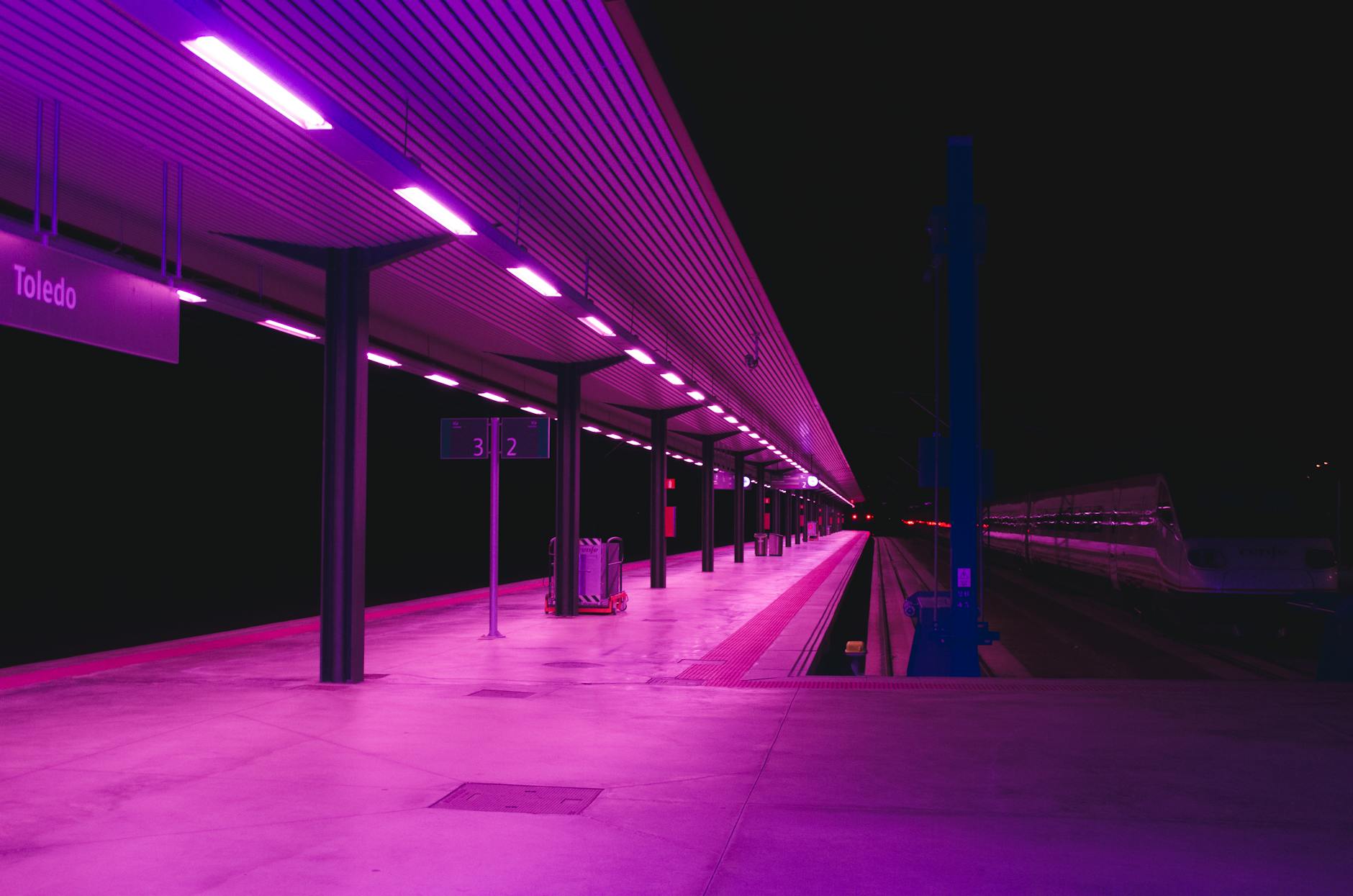
Once you’ve reached the platform, stay behind the yellow safety line while waiting for the train. Many platforms have digital displays that show the arrival time of the next train, as well as whether it’s a local or express train. Subway stations often have multiple lines running through them, so make sure you’re waiting for the correct train by checking the signage.
Subway cars can get crowded, especially during rush hours, so it’s a good idea to position yourself near the center of the platform for better chances of getting a seat.
Step 5: Board the Train
When the train arrives, allow passengers to exit before you board. Enter the car and move toward the center to allow space for other passengers. Hold onto the handrails if you’re standing, as the train can start and stop suddenly. If a seat becomes available, you may sit down, but always offer priority seating to elderly, pregnant, or disabled individuals.
Trains generally have announcements and signs displaying the next stop. Some newer cars even feature electronic displays that show upcoming stations and transfer points. If you’re unsure of when to exit, pay attention to these announcements, or track your location using a subway app.
Step 6: Understand Transfers
Many routes in NYC require transfers between different subway lines. If your route involves switching trains, you’ll likely find signage on the platform directing you to the next line. Transfers within the same station do not require an additional fare.
Transfers between subway lines are usually free, as long as you switch within two hours of your first swipe or tap. If you need to transfer to a bus, simply tap your phone or swipe your MetroCard again at the bus entrance—no additional payment is required within that time frame.
Step 7: Exit the Subway
Once you’ve reached your destination station, you’ll want to exit the subway. Most stations have multiple exits, so check the signs to find the one that leads you closest to your destination. Exit signs usually indicate street names or landmarks, so choose the one that matches where you want to go.
Walk toward the turnstiles and exit the station. In some larger stations, it may take a few minutes to reach the surface, as they often have complex underground networks of passageways and exits.
Step 8: Late-Night and Weekend Considerations
While the subway operates 24/7, service can vary late at night and on weekends due to maintenance or construction. During these times, express trains may run local or certain lines may be closed altogether. Before you travel during off-peak hours, it’s always a good idea to check for service changes using the MTA website or mobile app.
Many stations also post printed notices and signs on platforms detailing any planned service changes. If your line is affected, you’ll likely need to adjust your route or take a shuttle bus.
Step 9: Subway Safety and Etiquette
The NYC subway is generally safe, but it’s important to be mindful of your surroundings. Avoid empty cars, especially late at night, and stay in well-lit areas of the platform. Keep your belongings close to you, and be aware of pickpockets in crowded spaces.
In terms of etiquette, always let people exit the train before boarding, and try not to block the doors. Keep conversations quiet and avoid playing loud music. Lastly, if you’re standing, move toward the center of the car to allow room for others to enter and exit easily.
Step 10: Using the Subway for Iconic NYC Destinations
New York City’s subway is the best way to reach popular destinations. Here’s a quick guide to getting to some of the city’s most famous spots:
- Times Square: Take the 1, 2, 3, 7, N, Q, R, or W trains to 42nd Street-Times Square.
- Central Park: Take the B or C train to 72nd Street for the west side, or the N, Q, or R to 5th Avenue-59th Street for the east side.
- Empire State Building: Take the B, D, F, M, N, Q, or R to 34th Street-Herald Square.
- Statue of Liberty: Take the 1 train to South Ferry, or the 4 or 5 to Bowling Green, then take the ferry from Battery Park.
Frequently Asked Questions (FAQs)
1. How much does a subway ride cost?
A single subway ride costs $2.90. You can pay with either a MetroCard or by using OMNY with a tap of your phone or card.
2. What’s the difference between local and express trains?
Local trains stop at every station on the line, while express trains skip certain stations, allowing faster travel over longer distances.
3. Can I use my phone to pay for the subway?
Yes, with OMNY, you can tap your phone, smartwatch, or contactless card at the turnstile to pay for your subway fare.
4. Are subway stations wheelchair accessible?
Not all stations are fully accessible, but many are equipped with elevators. You can find accessible stations using the MTA’s website or mobile apps.
5. Is it safe to ride the subway at night?
The subway is generally safe, but it’s advisable to avoid empty cars and stay in well-lit areas of the platform late at night.
6. How do I check for subway service changes?
You can check for service updates on the MTA’s official website or by using apps like Citymapper or Google Maps, which provide real-time service information.
7. What’s the best app for navigating the subway?
Popular apps include Google Maps, Citymapper, and the MTA’s official app, all of which offer detailed route options and real-time updates.
8. Can I bring luggage on the subway?
Yes, you can bring luggage, but be mindful of space, especially during rush hours. Always keep your luggage out of the aisles.
9. How can I transfer between subway lines?
Follow the signs in the station to transfer between lines, and remember that transfers within two hours are free as long as you’re using the same payment method.
10. How do I get to JFK Airport by subway?
Take the A train to Howard Beach or the E train to Jamaica Station, then transfer to the AirTrain to reach JFK Airport.
Disclaimer
This article is intended to provide general information about riding the New York City subway. While every effort has been made to ensure accuracy, subway routes, fares, and schedules can change without notice. Readers are encouraged to check official MTA sources or perform their own research to verify the information before travelling.
Discover more from hsnrev.com
Subscribe to get the latest posts sent to your email.



